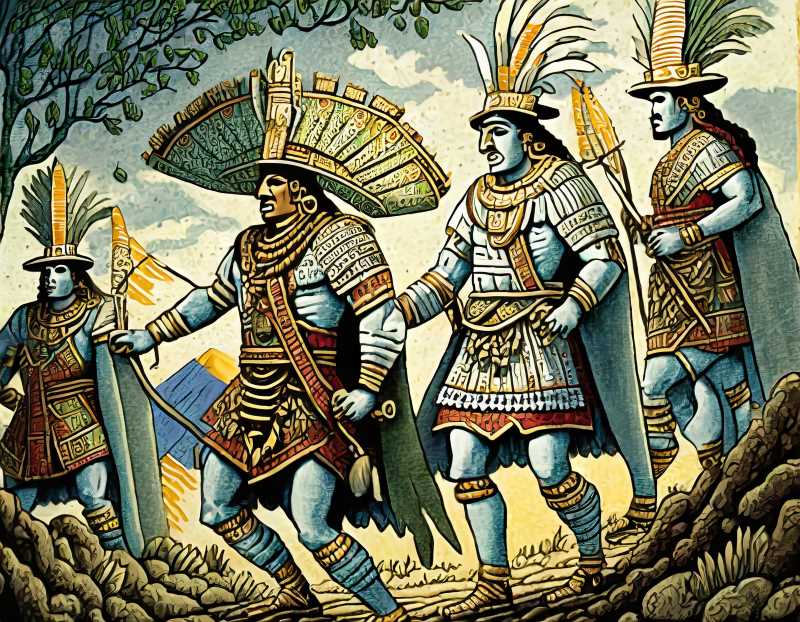From Confederation to Empire: The Rise of the Aztec Triple Alliance
From a confederation of city-states, the Aztecs transformed into a formidable empire. Led by Motecuzoma Ilhuicamina, they conquered, thrived, and paved the way for commoners to participate in public life, marking a remarkable chapter in Mesoamerican history.

In history, there are empires that merely exist in name and those that wield true power. The Roman Empire, for instance, possessed its imperial might two centuries before it was officially recognized as such. On the other hand, the Holy Roman Empire, despite its grand title, was little more than a confederation in practice. But if you're looking for a fascinating example of an empire in both name and substance, let us take you on a journey to ancient Mesoamerica, where a confederation transformed into the formidable Aztec Empire.
Picture this: a land teeming with rival city-states, each vying for supremacy. At the helm of one such city-state, Maxtla held a precarious grip on power in Azcapotzalco. But Maxtla's reign was not destined to last, for the Aztec confederation was about to change the course of history.




